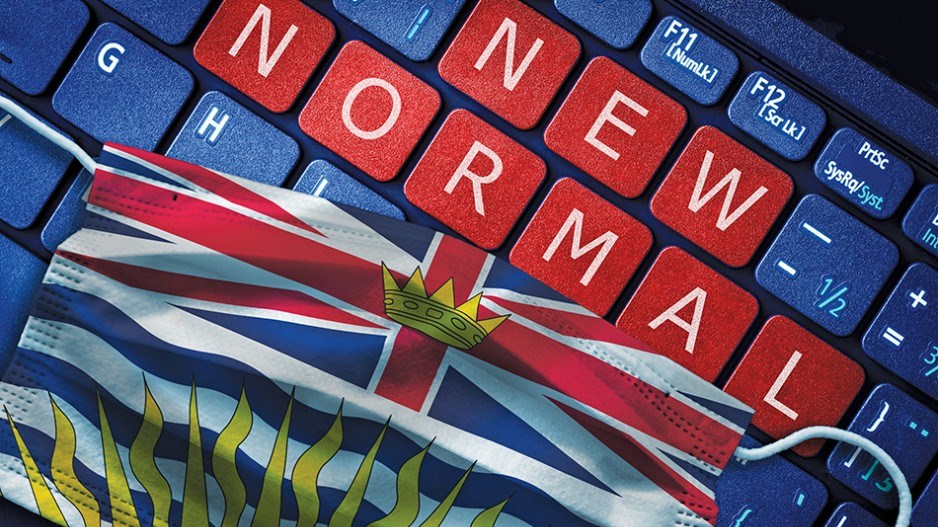Any initiatives from B.C.’s newly elected majority NDP government to promote trade and improve provincial transportation infrastructure will inevitably bump up against the fundamental changes in the way people now live and do business, analysts say.
Instead, the province should focus on something more foundational than the typical market-specific approach to drumming up more business, said Andy Yan, director of Simon Fraser University’s the City Program and a leading urban planning expert.
“You may have priorities, but life gets in the way,” Yan said. “That’s one of our main issues; for all of the priorities a given party ran for in the election, you still have the pandemic. And the pandemic almost trumps all that should be done and can be done.”
He added that the pandemic has dramatically altered the nature of work. Working from home has increased, transit use has decreased, and e-commerce has changed how business is conducted. The government, he said, must think about how B.C.’s urban infrastructure can be made flexible enough to meet those changes.
That means looking at items like urban logistics – how goods move from the source to the homes of consumers – and accommodating an increasingly complex supply chain.
“I think short-term, the question is going to be about stability,” Yan said. “But ultimately, that kind of stability is going to lead to demand for progress.
“It’s like talking about the Fraser River, but it all starts with a bunch of little streams. It’s a system. So how does that system connect, the components with one another, and where are there disconnects? You need to make sure that type of co-ordination is happening not just at a governmental level, but also at the street level.”
Carlo Dade, director of the Trade & Investment Centre at the Canada West Foundation, said B.C. may look to the Cascadia Innovation Corridor in the short term because it “checks several boxes.” The corridor, Dade said, is a regional approach to attracting trade and investment from Asia – something that could improve the success rate for regional centres like Vancouver and Calgary if they can work together with markets like Seattle and Portland.
Then there’s the possibility of a Joe Biden victory in the U.S. presidential election that may boost the corridor further as a trade conduit for B.C., Dade added.
“I think of all the regions of Canada, [Greater Vancouver] could benefit the most from a Biden presidency because of what the corridor is doing, what it has on the drawing board and in the ‘on deck circle.’ The corridor is all about the bright, clean, green, shiny future.”
But Dade agreed with Yan on a bigger issue looming behind the quick fix: a need to focus on the underlying systems supporting trade and transportation. He noted that it isn’t about big funding announcements for certain projects, but rather a closer look at things like data collection and interpretation and the capacity to turn them into sound policies.
“It’s like walking by an orchard and thinking which apples you’re going to take but forgetting to bring a ladder, shears and a basket,” Dade said. “In our case, we have a wobbly ladder, dull shears and basket with holes.”
Yan said that items such as finding a new executive to lead agencies like TransLink may now be more important than ever, given that it will take vision to go beyond the current state of trying to fit a square peg to a hole that has been newly rounded by COVID-19.
“We need to think about what it requires in terms of tactical action to stabilize what’s going on, and then developing from tactical to strategic in terms of having a view of how the city can adapt to a changing economy.” •




